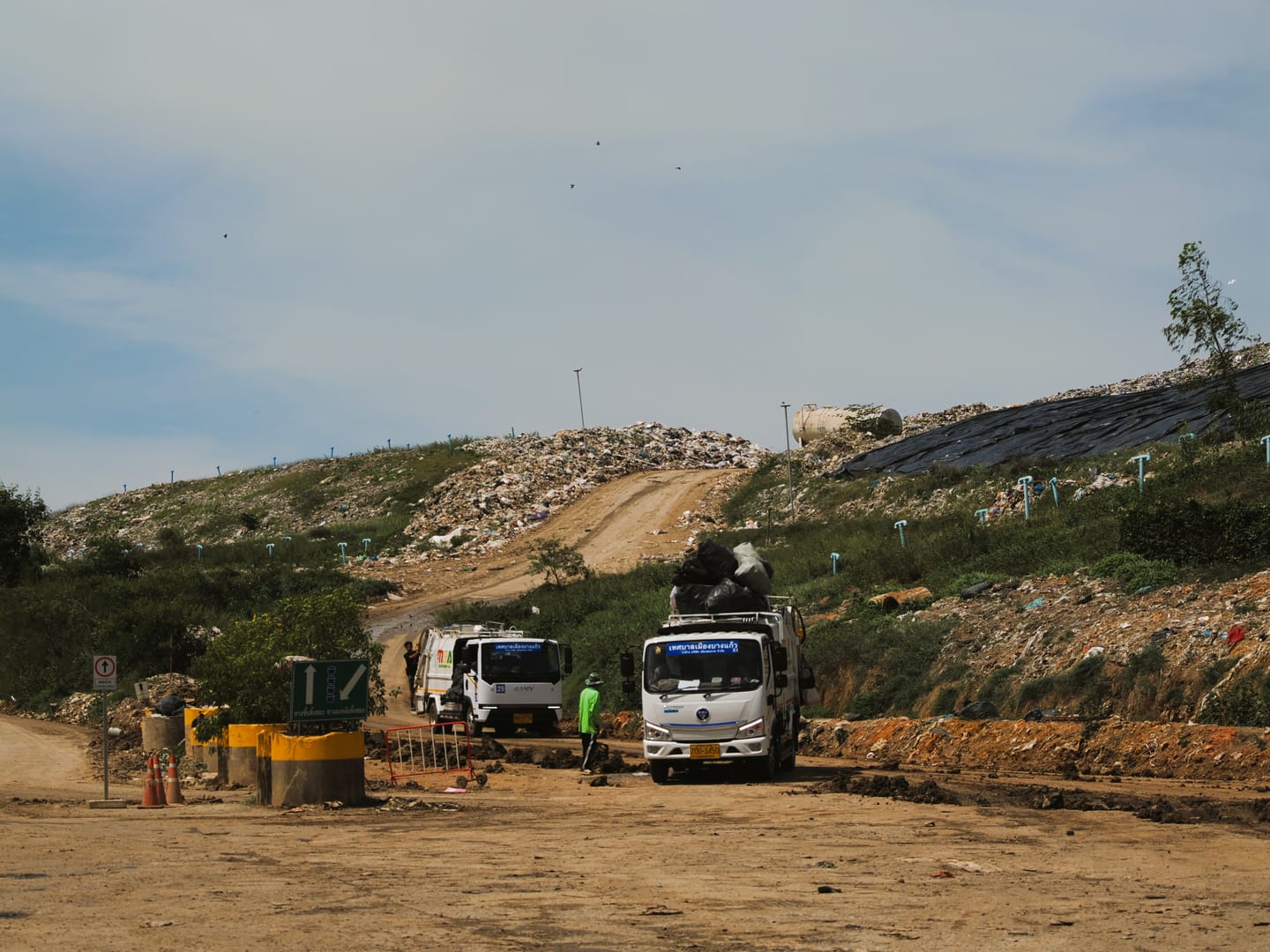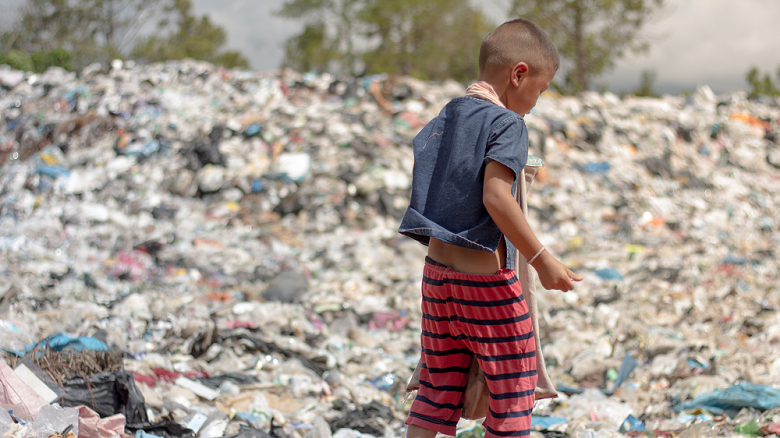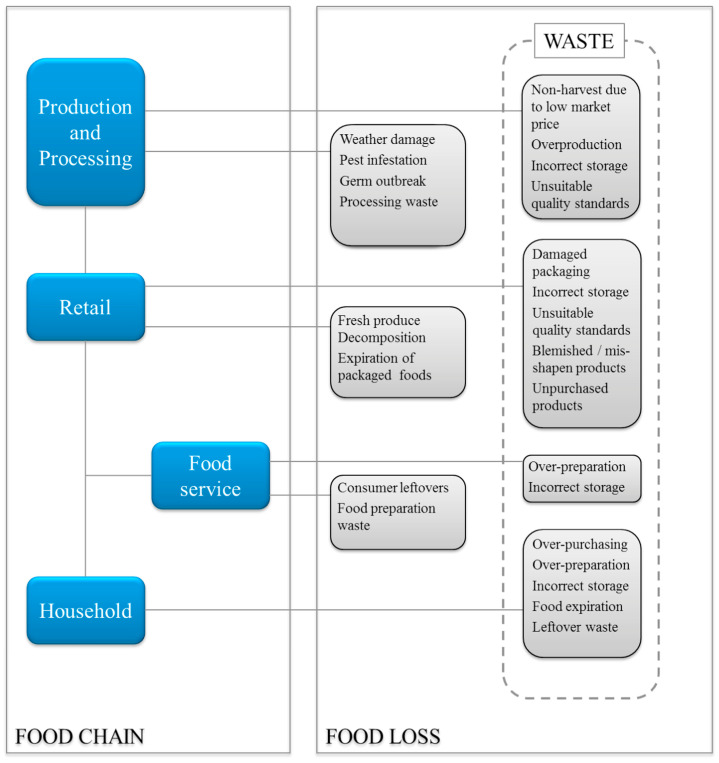The Five Deep Costs of a Mass Consumption and Waste Society

Vol.3— What have we lost in the pursuit of economic growth? —
We’ve grown used to a world where “buy and throw away” is the norm. But the hidden costs of this system are deeper—and more quietly devastating—than we may realize.
■ Introduction: Confronting the “Other Side” of Growth
Since the 20th century, humanity has gained remarkable material wealth. Convenience store meals, fast fashion, ever-evolving electronics— These are all products of the mass production and consumption model. But this comfort and convenience must be viewed not only from the front, but also from the hidden “back side” of growth.
Let’s explore five dimensions of the costs we’ve overlooked.
1|Environment: “Built to Dispose” Is Destroying the Planet
▷ Resource Depletion
- Global natural resource consumption is forecast to rise 60% by 2060, compared with 2020 levels, according to the United Nations.
- Increasing demand for resources is due to urbanization, industrialization and a growing population, which is leading to severe consequences such as biodiversity loss, water stress, climate change and air pollution, it says.
- Disrupted supply chains for critical goods and resources were among the top risks identified in the World Economic Forum’s Global Risks Report 2024.
▷ Explosive Waste Generation
- The world produces over 2.3 billion tons of waste annually (World Bank).
- 11 million tons of plastic waste flow into the ocean every year.
- Non-degradable waste remains in the environment for centuries.

2|Economy: “Cheap, Fast, High Volume” Is Undermining Sustainability
▷ A Breaking Cost Structure
- Low-cost mass production depends on underpaid labor and ruthless competition.
- Fair wage distribution becomes difficult, widening inequality.

▷ Waste = Invisible Cost
- Incineration, landfilling, and collection are paid by taxes—externalized corporate liabilities.
- Food loss and unsold returns (e.g. apparel) hurt profit margins.
- The “cheap to make, high to sell” model is built on fragile illusions.

3|Society & Psychology: Addicted to Ownership
▷ The Myth That Ownership = Happiness
- Advertising, social media, and culture equate “new” with “value.”
- Brief satisfaction from buying, followed by emptiness.
▷ A Life Chased by Consumption
- Surrounded by stuff, exhausted by choices, we lose sight of what we truly need.
- A reversal occurs: we are consumed by consumption.
4|Labor & Ethics: Sacrifices Made by the Invisible
▷ Behind Fast Fashion
- Child labor and low wages in Bangladesh, Cambodia, and beyond.
- Unsafe garment factories and tragedies like the Rana Plaza collapse.
▷ Exporting Waste and Responsibility
- E-waste and used clothing exported to Africa and Southeast Asia.
- Host countries suffer from toxic burning, health risks, and pollution.
5|Humanity & Culture: From Joy in Craft to a Throwaway Life
▷ Loss of Care, Repair, and Inheritance
- The culture of maintaining, fixing, and passing down is fading.
- Traditional craftsmanship and local cultures disappear under hyper-efficiency.
▷ Fast-Forwarded Time and a Life Consumed
- “Quick to break, easy to discard” accelerates daily life—society can’t keep up.
- The value of “knowing what’s enough” is slipping away.
■ Conclusion: The Side Effects of Mass Consumption Are Now in Our Lives
Make more. Buy more. Throw more away. This cycle has exceeded the limits of nature—and of human dignity.
But this isn’t just about “overdoing it.” We have become optimized humans for the cycle itself—without realizing it.
The circular economy is not only about reducing waste. It may be, in fact, a movement to recover how we originally wanted to live.
Coming Next





